Rising Smartphone Penetration
The mobile banking market in South America experiences a notable boost due to the increasing penetration of smartphones. As of 2025, smartphone ownership in the region reaches approximately 80%, facilitating access to mobile banking services. This trend indicates that more consumers are likely to engage with financial services through their mobile devices. The convenience of banking applications on smartphones allows users to perform transactions, check balances, and manage accounts seamlessly. Consequently, financial institutions are compelled to enhance their mobile offerings to cater to this growing user base. The rising smartphone penetration not only drives user engagement but also encourages banks to innovate and improve their mobile banking market strategies, ultimately leading to a more competitive landscape.
Increased Internet Connectivity
The mobile banking market in South America is positively impacted by the rapid expansion of internet connectivity. As of 2025, internet penetration in the region reaches approximately 70%, with mobile internet being the primary access point for many users. This increased connectivity enables consumers to access mobile banking services more easily, facilitating transactions and account management from virtually anywhere. Financial institutions are capitalizing on this trend by optimizing their mobile banking applications for better performance on various devices. The growth in internet connectivity not only enhances user experience but also encourages more individuals to adopt mobile banking solutions, thereby expanding the market.
Emergence of Fintech Innovations
The mobile banking market in South America is witnessing a surge in fintech innovations that are reshaping the financial landscape. Startups and established companies are developing cutting-edge solutions that enhance user experience and streamline banking processes. Innovations such as peer-to-peer lending platforms, mobile payment systems, and blockchain technology are gaining traction among consumers. These advancements not only improve the efficiency of transactions but also offer users greater flexibility and control over their finances. As fintech companies continue to disrupt traditional banking models, the mobile banking market is likely to evolve rapidly, presenting new opportunities for both consumers and financial institutions.
Growing Demand for Financial Inclusion
In South America, the mobile banking market is significantly influenced by the increasing demand for financial inclusion. A substantial portion of the population remains unbanked or underbanked, with estimates suggesting that around 40% of adults lack access to traditional banking services. Mobile banking presents a viable solution to bridge this gap, enabling individuals to access essential financial services via their mobile devices. Governments and financial institutions are actively promoting initiatives to enhance digital literacy and provide affordable mobile banking solutions. This focus on financial inclusion not only empowers individuals but also stimulates economic growth in the region. As more people gain access to mobile banking, the market is likely to expand, fostering a more inclusive financial ecosystem.
Regulatory Support for Digital Banking
The mobile banking market in South America benefits from favorable regulatory frameworks that support the growth of digital banking. Governments in the region are increasingly recognizing the importance of digital financial services in promoting economic development. Recent regulations aim to simplify the process for fintech companies to operate, thereby encouraging innovation in the mobile banking sector. For instance, regulatory bodies are implementing measures to enhance consumer protection and ensure data security, which are crucial for building trust in mobile banking services. This supportive regulatory environment is likely to attract more players into the mobile banking market, fostering competition and driving improvements in service delivery.


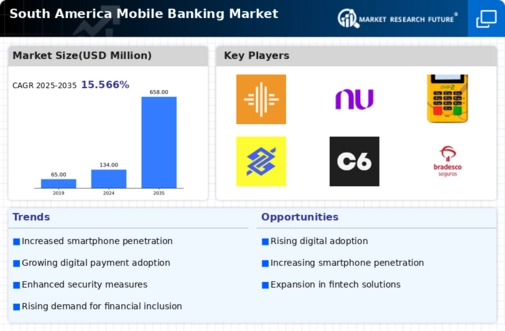

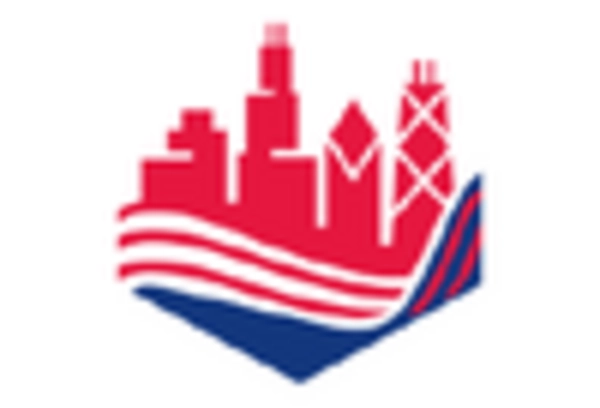

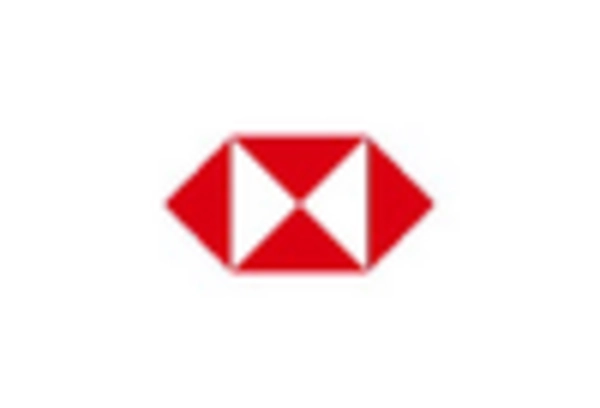
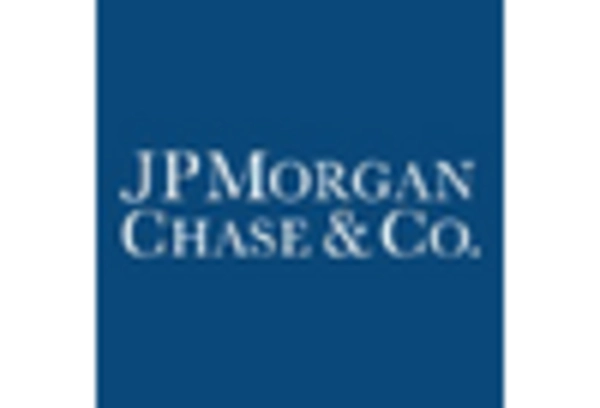
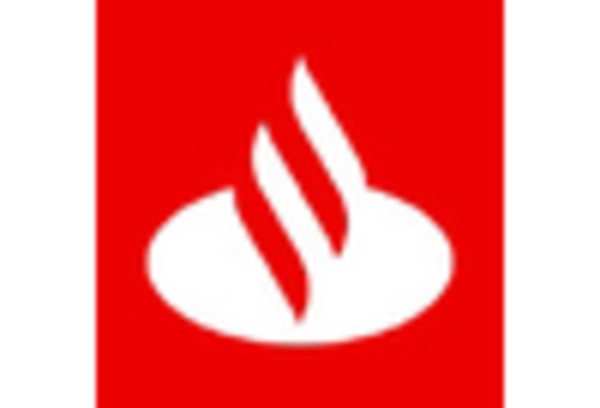
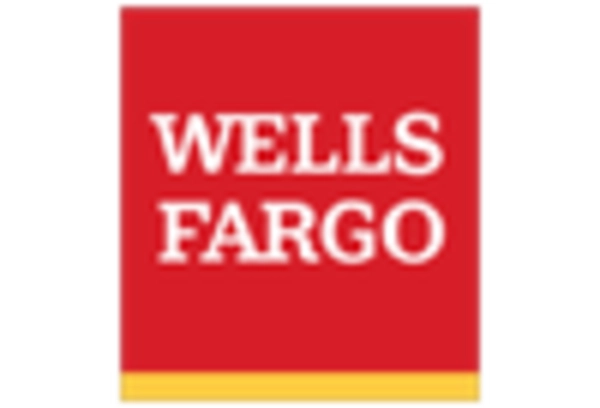








Leave a Comment